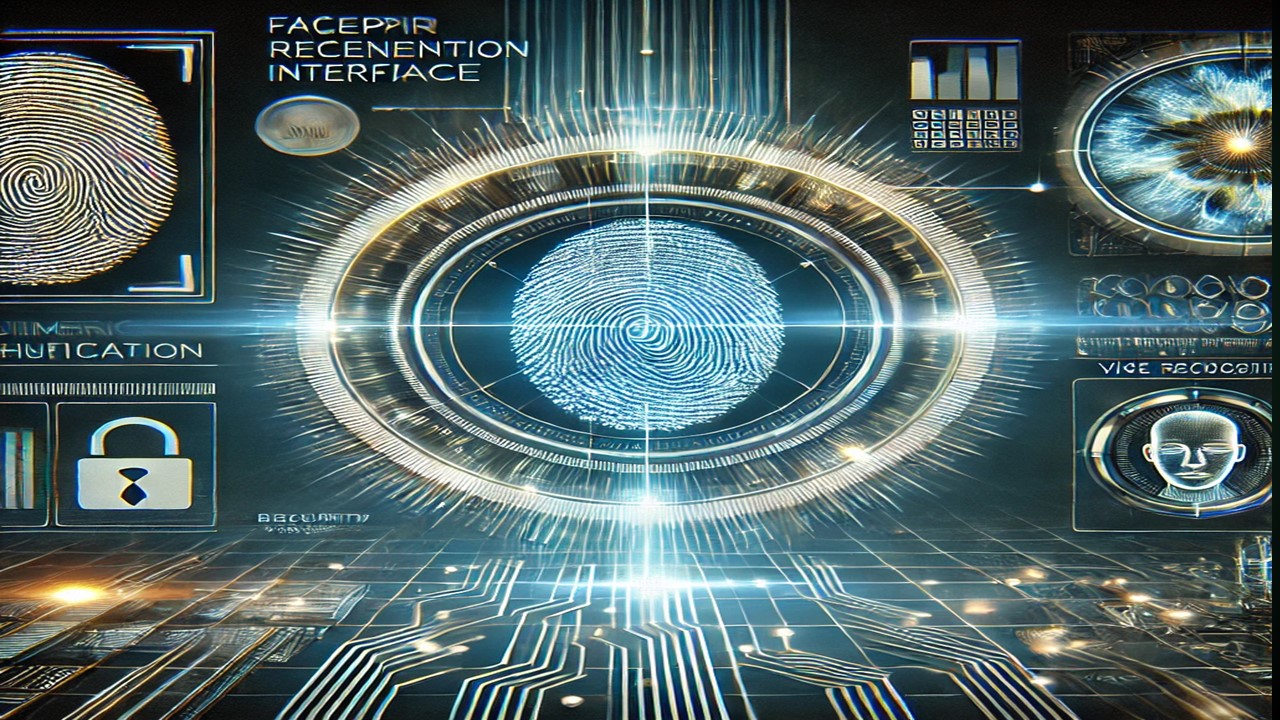
Do you know what is something we use everywhere in our daily lives, but very few people know about it? It is biometric authentication, which is a technology that uses our unique physical characteristics to prove our identity. Imagine a world where you don’t need to remember complicated passwords or carry physical keys. Biometric authentication verifies our identity solely based on our presence. But what exactly is biometric authentication, and how does it work? What are its different types, and which companies are leading this new era of security? Let’s explore these questions and delve into the fascinating world of biometrics.
What is Biometric Authentication?
Biometric authentication is a security process that identifies individuals based on unique characteristics, such as fingerprints, facial features, or even voice patterns. Unlike traditional methods that rely on something you know (like a password) or something you have (like a key), biometrics depend on who you are. This makes it a strong solution for ensuring security for devices, systems, and sensitive information.
Types of Biometric Authentication
- Fingerprint Recognition
How it works: Fingerprints are unique to each individual, making them an ideal biometric marker. A fingerprint scanner captures the unique patterns of ridges and valleys on your fingertip. When you place your thumb on the scanner, it converts your fingerprint into a digital format, which is then compared with stored templates.
Applications: Commonly used in smartphones (like Apple’s Touch ID), laptops, and security systems.
Future prospects: Innovations such as ultrasonic fingerprint scanners are being developed to work in various conditions. - Facial Recognition
How it works: This technology captures and analyzes an individual’s facial features. A camera identifies key milestones (such as the distance between the eyes and the width of the nose) to create a unique facial map. This map is then compared with stored images.
Applications: Commonly used in smartphones (like Apple’s Face ID), security systems, and law enforcement.
Future prospects: Companies are working to improve accuracy in different environments, including enhancing real-time facial recognition capabilities for security. - Iris Recognition
How it works: Iris recognition scans unique patterns in the colored part of the eye. A high-resolution camera captures an image of the iris, and specialized software analyzes it for identification.
Applications: Often used in high-security areas, airports, and government facilities.
Future prospects: Research is ongoing to improve the speed and accuracy of iris recognition. - Voice Recognition
How it works: Voice recognition technology analyzes the unique characteristics of a person’s voice, including pitch, tone, and speech patterns. This creates a voice print used for verification.
Applications: Used in virtual assistants (like Amazon Alexa, Google Assistant) and secure phone systems.
Future prospects: Continuous innovations are aimed at improving accuracy in noisy environments. - Signature Recognition
How it works: This method analyzes unique patterns in an individual’s signature, capturing not only the shape but also the speed, pressure, and rhythm of creating it.
Applications: Commonly used in banks and legal documents for identity verification.
Future prospects: Innovations focus on enhancing security measures and improving real-time verification capabilities. - Behavioral Biometrics
How it works: This technology analyzes user behavior patterns, such as typing speed, mouse movement, and even walking patterns. Based on these behaviors, a unique user profile is created.
Applications: Used in online banking, fraud detection, and to enhance security in systems.
Future prospects: Companies are developing more complex algorithms to detect unusual behavior patterns, increasing overall security.
Leading Companies in Biometric Authentication
Some key companies are driving innovation in biometric technology:
- Apple: Known for integrating Face ID and Touch ID into its devices, Apple is at the forefront of consumer biometric technology.
- Microsoft: With Windows Hello, Microsoft offers facial and fingerprint recognition for secure login.
- Google: Google is enhancing biometric capabilities in its Android devices and working on AI-based solutions to improve security.
- IDEMIA: A leader in identity verification, IDEMIA specializes in advanced biometric solutions for government and commercial applications.
- Thales: This company provides comprehensive biometric solutions for security identification and verification across various sectors.
- BioCatch: Focusing on behavioral biometrics, BioCatch analyzes user behavior to prevent fraud and enhance security during online transactions.
Biometric authentication has the potential to change how we secure our digital lives. As technology evolves, we will see even more new solutions that enhance our security and convenience. While there are challenges like privacy concerns and implementation costs, the possibilities of biometric technology are vast. Leading companies are pushing this technology forward, making the future of biometrics look bright, making our lives safer and more convenient.
In a world where security is essential, understanding and adopting biometric technology is not just a trend; it is a necessity for the future. Therefore, as we move forward, let us embrace the possibilities offered by biometrics and enjoy a secure, convenient life.


































































